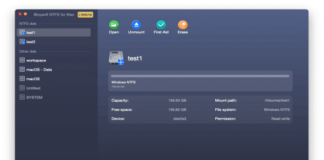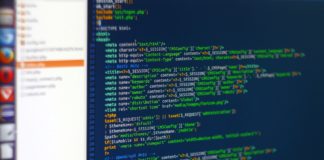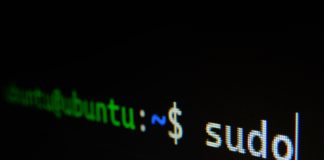A List of NTFS for Mac Software: What It Is and...
New Technology File System (abbreviated to NTFS) is a widely used file system on Windows. By default, you have direct read-write access to NTFS-formatted...
Small Business Cybersecurity: Tips for Choose the Best Antivirus Software for...
Today, many small businesses use Linux based systems, which are easy to use and less vulnerable to security concerns.While Linux systems are secure, due...
How Linux Users Can Protect Their Business
If your business uses Linux as an operating system, it is important that you know the best ways to protect your operations. Cybercrime is...
Tools for Linux Users to Not Miss Out On
Linux is the least popular “mainstream” operating system. Unlike its main competitors, Linux is free and open source, which is perfect for various circumstances....
What is Linear Programming?
Introduction
Linear programming is a method for determining the best solution to a linear function. Making a few simple assumptions is the best technique for...
The Advantages Of Linux Over Other Operating Systems In Business Processes
Linux has become a go-to option for many businesses in recent years. There are a number of reasons why this is the case, but...
Linux Commands Every Sysadmin Must Know
If you are a system administrator, then Linux commands are what you use everywhere, you know what they are for and how to use...
Linux Vs Windows 10 Key Differences That One Should Know
Choosing the right kind of operating system is important. However, each user has their own preferences. While 76% of the overall users operate Windows,...
5 Tips for an Effective Cyber Security Strategy for Your Business
Cyber attacks have drastically advanced, with criminals using more sophisticated tools to steal and misuse company data. This has increased ransomware, phishing attempts, DoS...
Best Marketing & SEO Software For Linux
Being one of the safest and risk-free types of operating systems and trusted computer ecosystems on the web, Linux became a popular OS among...
Cybersecurity And Its Importance For Businesses
It seems that more of our lives are starting to take place online. We use the internet for business, shopping, entertainment, socializing, and so...
Top 10 Benefits of Linux for App Development
Linux appeared in 1991 and remained one of the top systems for developing practical solutions. It is one of the best-loved bases for app...
Bash While Loop Examples: For Loops, Until Loops, And More
Bash programming comprises three kinds of loops: the for loop, the while loop, and the until loop. The idea of all the loops is...
Parrot Security OS: How to Install It and What to Expect
The Parrot OS is a security-focused Linux distribution comparable to Kali OS. It is based on Debian Linux and, like many Linux distributions, is...
Setting Up and Running A Container Registry On Linux
Docker container images are delivered and stored by an application called Docker Registry. Registries consolidate container images and speed up developer build times. Virtualization...
The Best Linux Commands Every User Should Know (Clear and Simple...
Nearly 75% of all mobile phones run Android, based on the Linux kernel, and most servers that host websites and other content run on...
Linux or Windows for eCommerce?
An operating system is the most important component for eCommerce success. The software manages the system’s memory, hardware, all software, and processes. When setting...
6 Factors that Make Linux Important for your Small Business
A huge number of modern companies know about Linux firsthand. Many of them have been using various distributions in one form or another for...
























